Water treatment engineering takes a lot of time and effort to accomplish. But thanks to the power of AI, the bottleneck in these projects are greatly reduced. Joining Chad Burmeister is the CEO of Transcend, Ari Raivetz, who shares how AI sped up their bidding process and client response system. Ari talks about the impact of automation on their company, discussing why it enriches people’s creativity instead of putting them out of work. He also talks about his advocacy for saving the planet from global warming and the collective work needed towards a more sustainable future.
I’m with Ari Raivetz. His company called Transcend Software is a cool technology. They were started in December of 2019. Ari, welcome to the show. Thanks for being here.
Thanks for having me, Chad.
I’m curious to learn more about Transcend and where AI fits. Before we go there, I like our audience to get to know who you are by asking the question, when you were younger, maybe even before you were a teenager, what did you like to do? When you were a kid, what was your kind of thing or your passion in life?
I love sports. I played baseball, football, basketball all through my younger years. I love science fiction. I like to read it, think about it, write stories.
If that was your passion then, how does it connect to what you’re doing now? Is there a connection?
I don’t know if there’s a connection other than the fact that I’m always thinking about two generations from now and what this world is going to be like. I’ve spent several years of my career focused on trying to accelerate solutions to address climate change. That started when I had kids back in 2007, and I’ve been working towards different kinds of solutions like how we use technology to help address those challenges that we face.
Talking about artificial intelligence in technology, where does AI play a role in Transcend Software? What would the product be without it?
I’ll tell you a little bit about what we do first. Our software is used by technology suppliers, engineering firms, and utilities that are building and designing water and wastewater treatment facilities. It hits very close to the whole climate change world in terms of, “How do we design facilities that are going to be resilient to the changes that we see in our climate, more water recycling facilities to deal with the water scarcity challenges, etc.?”
If I’m selling a technology that goes into one of these facilities or a utility that’s designing one, I need to do a bunch of engineering work before I can even bid on a project. The Transcend Design Generator software was developed inside a technology supplier. It was a bottleneck in our sales process. It was a company I ran previously. It was taking us 300 hours from 5 different kinds of engineers. Our process is mechanical, civil, architectural, and electrical engineer to bid on a project.
It’s a great climate-saving technology, but we couldn’t even bid. We could bid on maybe 10, 12 deals per year because of this bottleneck. Using artificial intelligence and various software algorithms, we’re able to automate that engineering process, speed up the time and reduce the number of resources required to bid on a project, and ultimately scale that technology.
Through AI, you get better outcomes in the long run for significantly less cost and resources.
If a project takes 300 hours to bid on without AI, what gains do you see in terms of hours invested in a project bid now?
We cut the hours invested by 90%. It’s only 30hours to bid in that example. More importantly, the time is cut significantly. We used to take 3 to 4 weeks to respond to a client when they had a potential project opportunity. With the software, overnight we could give them four different options and let them choose the most cost-efficient, carbon-efficient or one that uses fewer chemicals, for example. You get to better outcomes for all this infrastructure, which is important because the infrastructure is going to be there for 30 years. We should be evaluating every possibility before we start digging when we’re building water and power. We don’t do that. Now it’s a huge bottleneck.
If you’re working with the city, state, local, public, private partnerships, I have a colleague who’s in Dallas who does a lot of that. One of the guys on his team is the former Head of Economic Development in Frisco, Texas. They put tax incentives forward. I could see, “Here are my four options if I’m working with the city. I’m looking at tax rebates and such.” I have to believe that that becomes part of that conversation.
If your friend who’s doing a public-private partnership is thinking about return on investment, as a financial investor, it’s part of it. Often, the municipalities miss that part. They hire an engineering firm. The engineering firm doesn’t have the resources to evaluate all those different options and get them a better answer. They build the old technology, the stuff that’s 50 years old. A lot of the issues that we read about in the news every day, that’s one of the root causes of that.
We don’t have resources allocated to assessing things at an early project stage because projects aren’t funded at that stage. It’s a true selling cost. That’s what our software does. We say, “For a significantly less cost and resource, using artificial intelligence, you can do that preliminary design work that those five engineers were doing. You’re going to get more options to evaluate and better outcomes in the long run, which hopefully result in better infrastructure once it gets funded and built.”
It reminds me of a gentleman that I talked to who helps with Phase 2, 3 clinical trial things. Traditionally, it took 12 to14 months to go out and run a test as a clinical trial. By the way, which population should they test this drug on? There could be all kinds of populations, certain gender, age, and inputs. Now they’re able to say, “It only takes a month or two to run a test. We can leverage AI to tell us which population to go after.”
It’s the same concept I keep hearing over and over, a 90% reduction in the time and labor that it takes. The elephant in the room question is, “What’s that going to do to jobs and labor?” I already know the answer from talking to a lot of people, but before I tell what I believe is happening, what are your thoughts on labor? Is it going to help people get jobs, or will it impact people in a negative way around jobs?
Internally, we call this the burger shop question. We introduce what our software does and they don’t believe us. We then let them try it or do a demo for them and say, “This is great. What am I going to do, go open a burger shop now?” We hear it all the time. I came from the ERP software industry early in my career. I heard it then from planning professionals. I did CRM software implementations throughout business school, and I heard it then from marketing professionals, “What’s going to happen to my job?”
At the end of the day, the people that asked those questions get reallocated to more value-added tasks within the industry. In our case, some of the smartest, most creative people in the industry end up spending time on this preliminary engineering, copying and pasting old designs, not putting their minds to work the way that they should.
If those people were reallocated to detailed engineering or evaluating the 30 or 40 different options, helping train some of the AI algorithms. When it comes to that defined optimal outcomes that deal like, for example, with reducing carbon footprint, we’re going to get much better outcomes. It’s a multiplier effect. The software helps and then the reallocation of people to more value-added tasks helps even more. That’s how we think about it.
I love the burger shop idea. That’s hilarious. I see the same thing like those folks don’t necessarily want to do that work. It’s the boring stuff. It’s like a sales guy filling in an RFP. Who wants to do that work? The technical person doesn’t know how to fill it out, but this person could but doesn’t have the time. What do you do? Technology helps you fill that gap. What about on the sales side? Have you had any experience leveraging AI to help your sales motion? I’d be curious what you’re seeing in that area if anything?
We have. We use a cool software around proposals called BetterProposals. I don’t know if you’ve heard of it.
I haven’t run into that one, but I’m going to have to check it out.
Instead of emailing a proposal out to people, we send the proposal out through the software tool. You’re able to track response rates. It makes suggestions for you and it’s very repeatable. Graphically, it’s much nicer than getting a Word document, a PDF or something for people. All the terms and conditions are there so they can sign the contract right there if they want to. That has streamlined things for us.
We started to explore some of the transcription AIs out there because we record a lot of calls. We find that we can use things that were set in the calls in our sales process. We haven’t found anything perfect yet, but we’re looking into it a little bit. We use Salesforce.com for CRM. There are a lot of AI built into there. We’re always open to ideas though.
Much better outcomes can be achieved if the most creative people can be at their full potential and leave the boring processes to AI.
It’s funny on the transcription stuff, I was a Gong user, then I moved to Chorus for my company. For blogs and things, I’ve heard of Otter is the new one. It’s funny. I was on a call and they said, “Here’s the Otter transcription.” You could have one tab open and see the conversation going into the text as you’re talking through it. It was wild how you could see it start to go down a sentence and then realize it messed up and fix the last two words. That’s really neat.
Microsoft teams have something now, which we accidentally turned on in our company meeting, it’s subtitles and everything that you’re saying. We couldn’t figure out how to shut it off.
Before we go to the last question, I’m curious about global warming. You’ve been around it for a while. It sounds like that was a passion for a while. I logged into American or United, or one of these airlines. It showed me what my carbon footprint has been across 600,000 miles I’ve flown in my entire life on that airline. It was a very big number. If I remember it right, it was 91, and I don’t know the linguistics around this, but is it cubic tons?
It depends on what metric or imperial.
I’ve always been in the camp of, “Is this happening? Is this a thing?” You start to see numbers like that and you go, “Huh?” and very smart people like yourself that are focused on the industry. Can you share a little bit about your passion for this area? What does the science say about global warming these days?
After business school, I had a bunch of loans. I had to pay them back. I went to work for a bank as an equity analyst. I ended up covering a lot of the oil and gas companies when they first started fracking for natural gas. I don’t know if you’re familiar with that.
My dad owned some land in Castle Rock. I remember when they came and said, “We’d like to frack on your land.”
I was this analyst going and traveling to these fracking sites. This was the beginning when they first started fracking. I knew nothing about climate change. I couldn’t give a crap about the environment at that point in my life. It wasn’t anything I had ever thought about. I watched and learned the impact of people around those areas. You could see the disregard with which the land was treated by the oil and gas companies. I later covered oil refiners. If you’ve ever been to an oil refinery, there’s some pretty crazy stuff that happens there to turn crude into stuff that we can use.
When you can see it kicking off, there’s not something good about that chemical that’s going in there.
You can tell it’s like, “This is not a natural process.” Diversified industrial manufacturers, shipping companies, anyone who is destroying the planet was my coverage universe. I have twin daughters who were born in 2007. Staring at them and thinking about everything I’ve learned in the past few years, I started to read and get into it. I decided that this is something that I want to spend my life trying to use software and technology to help improve because it is a real problem. We take much more than we should from the land and the results show up in our everyday life.
I hate the word global warming. It creates the wrong political discourse. I’d like to think about all the jobs this industry is creating. Solar and wind were some of the biggest employers in the United States over the past couple of years, way more than coal and a lot of the more traditional industries. As we transition our economy from the old to the new, there is a ton of economic growth that’s going to come with like there was in the original industrial age 100 years ago. That’s what I like to think about. It gives us an opportunity to do things more efficiently as a society. Hopefully, undo some of what’s been done and set us on a more sustainable path.
My nephew is into this Ethereum mining lately and talks about poor utilization of energy like a huge fan, and it heats the whole basement. That means the air conditioning bill has to be a little higher. I’m looking at it going, “I understand why there’s a little bit of controversy around that topic.”
It’s incredible. I have a friend who launched an exchange in Singapore. They’re trading cryptocurrencies on this exchange, but every single crypto has to say what its carbon footprint is in the trade. The idea is that eventually, that’s going to have to get incorporated into the way we’re thinking about accordingly.
It’s like calories at McDonald’s. It should be part of the decision-making process.
You can eat two Big Macs if you want to.
At least be warned that you’re eating that many calories. The future of AI, whether in sales or the world and what it’s doing, what do you envision 3 to 5 years from now? How will people’s lives be different because of AI?
For what we do, five years from now, we’ll be halfway through that journey when a new piece of infrastructure is designed. Any building, whether it’s water treatment or wastewater plant, a power plant, apartment building, data center, it’s going to use the software in the first stages of that design. It’s not going to be people that are designing it. It’s going to use generative design, which means thousands of options are going to be evaluated and ultimately going to settle on an option, which gives whatever outcome you’re trying to achieve.
If you’re trying to minimize your carbon footprint to balance that with cost, build the cheapest thing possible, want to worry about operating costs versus capital costs, whatever you want to achieve, whatever your fitness is, you’re going to be able to achieve it through thousands of iterations. It is not something that’s going to be done manually by five different people anymore. Five years from now, we’ll be halfway on that journey. It’s a massive change for the engineering industry, which is a huge industry. It’s going to have to change with that and figure out how it can leverage software, combined with the human skillset to get a better outcome for infrastructure.
My son is going into the engineering world his first year, and he’s going into his second year at Colorado School of Mines. I think a good combination is part business and part engineer. That’s what he seems to be going down the path of. Who knows? Maybe he’ll be a CEO like you someday in a company like yours.
Tell him to call us. Our secret sauce is our engineers are also developers, and our developers usually have an engineering background. We have a wastewater process engineer who codes in C# or an architect who’s writing artificial intelligence algorithms around how you optimize space usage in a site for a piece of infrastructure. It’s like the combination of those skillsets.
This has been a great conversation, Ari Raivetz with Transcend Software. We’ve been talking about artificial intelligence and how it can help save literally 90% of the hours that go into the types of things we’ve been talking about amazing savings benefit and getting to the right outcomes. It reminds me of RingCentral and Zoom video, 80%lower costs, and putting the hardware in a closet, but not just the cost reduction play. The play is better outcomes. Let’s give better service to customers and, by the way, save you a bunch of money. That’s the power of AI when done properly. It’s not just cost savings. That’s Part B. Part A is it’s a better outcome. Ari, it’s great talking with you. Thanks for being on the show.
You too. Thanks, Chad.
Everybody, we’ll catch you on the next AI For Sales show. Thank you.
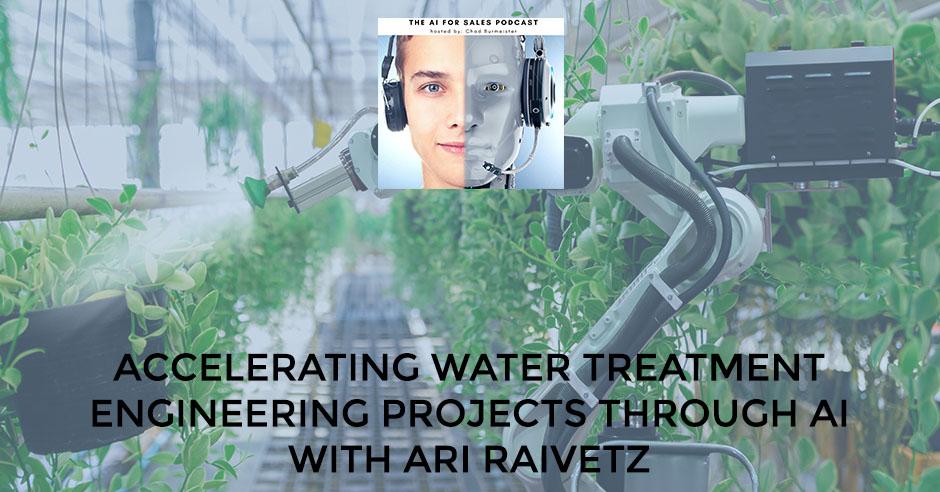


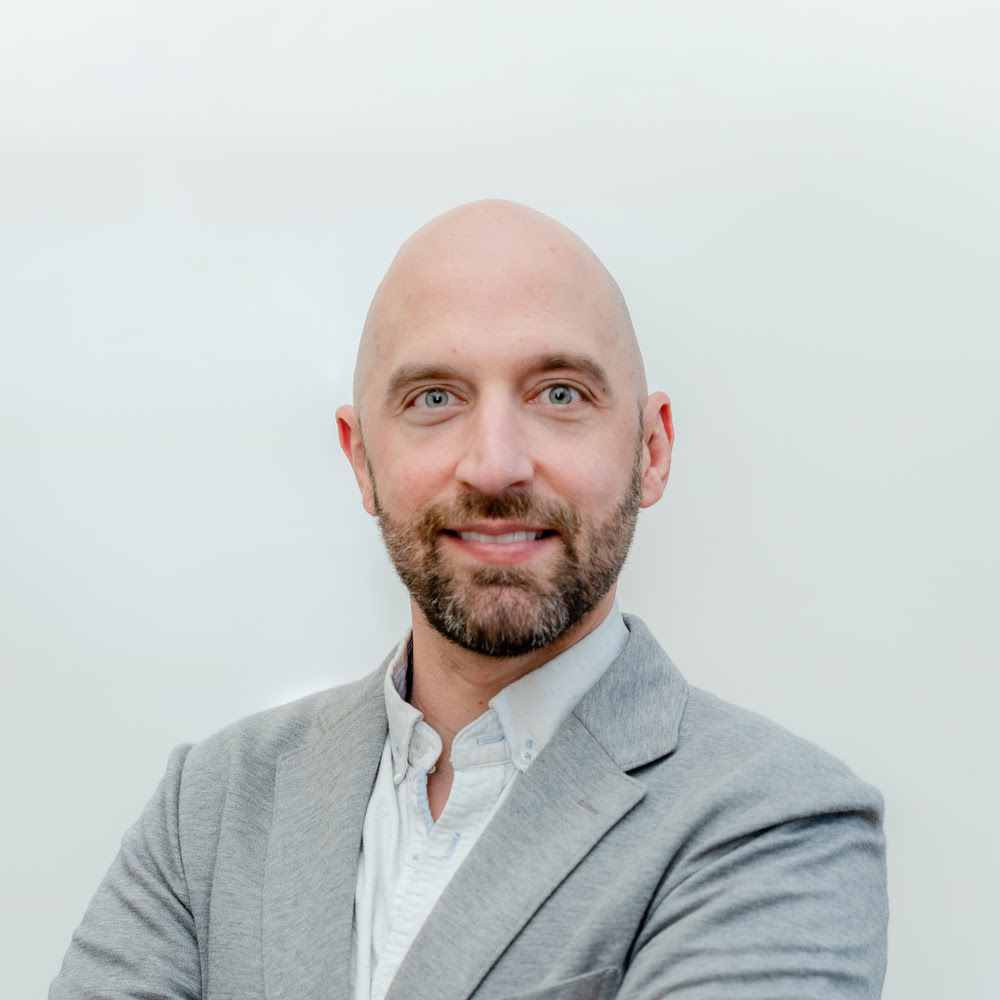

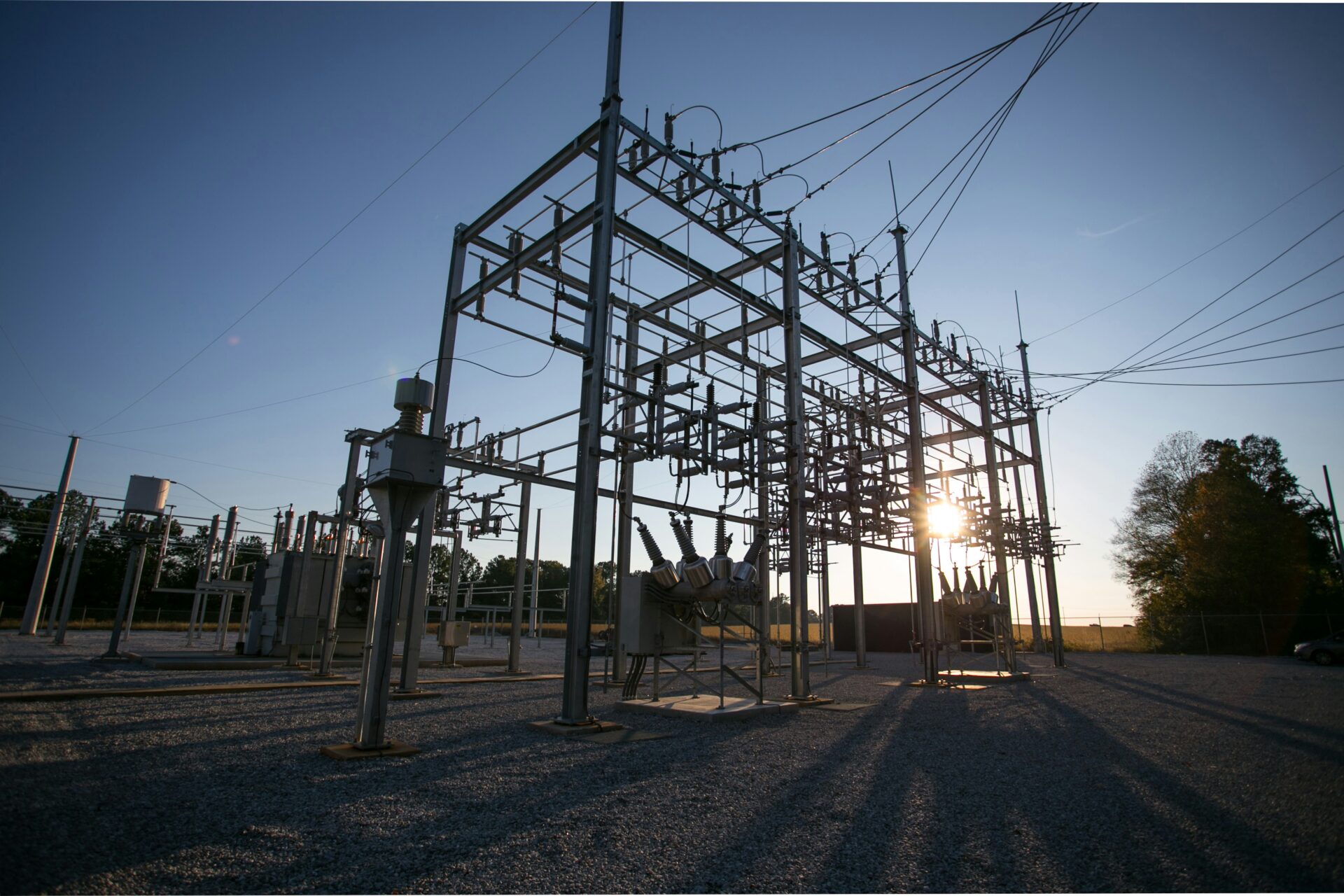
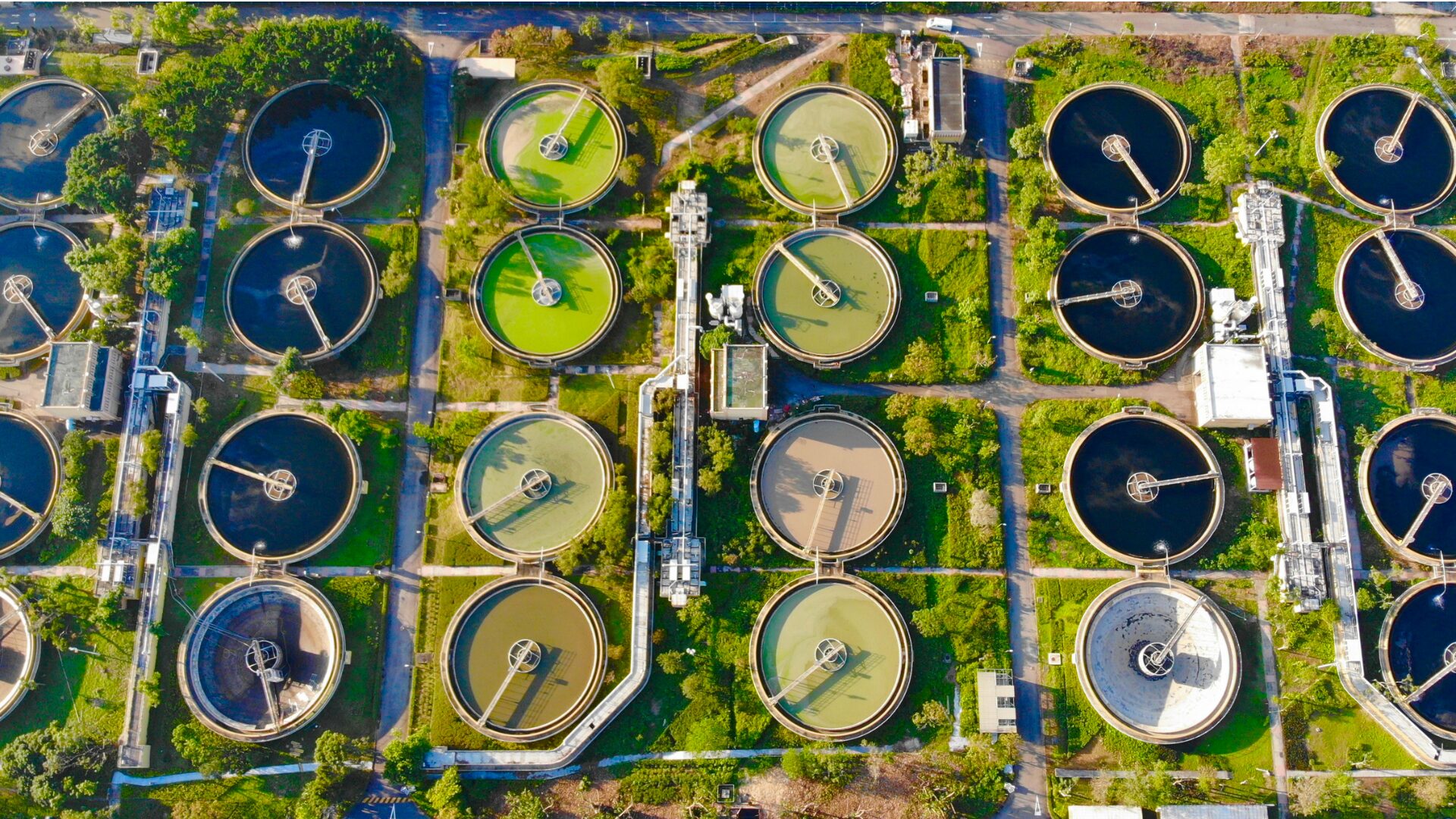

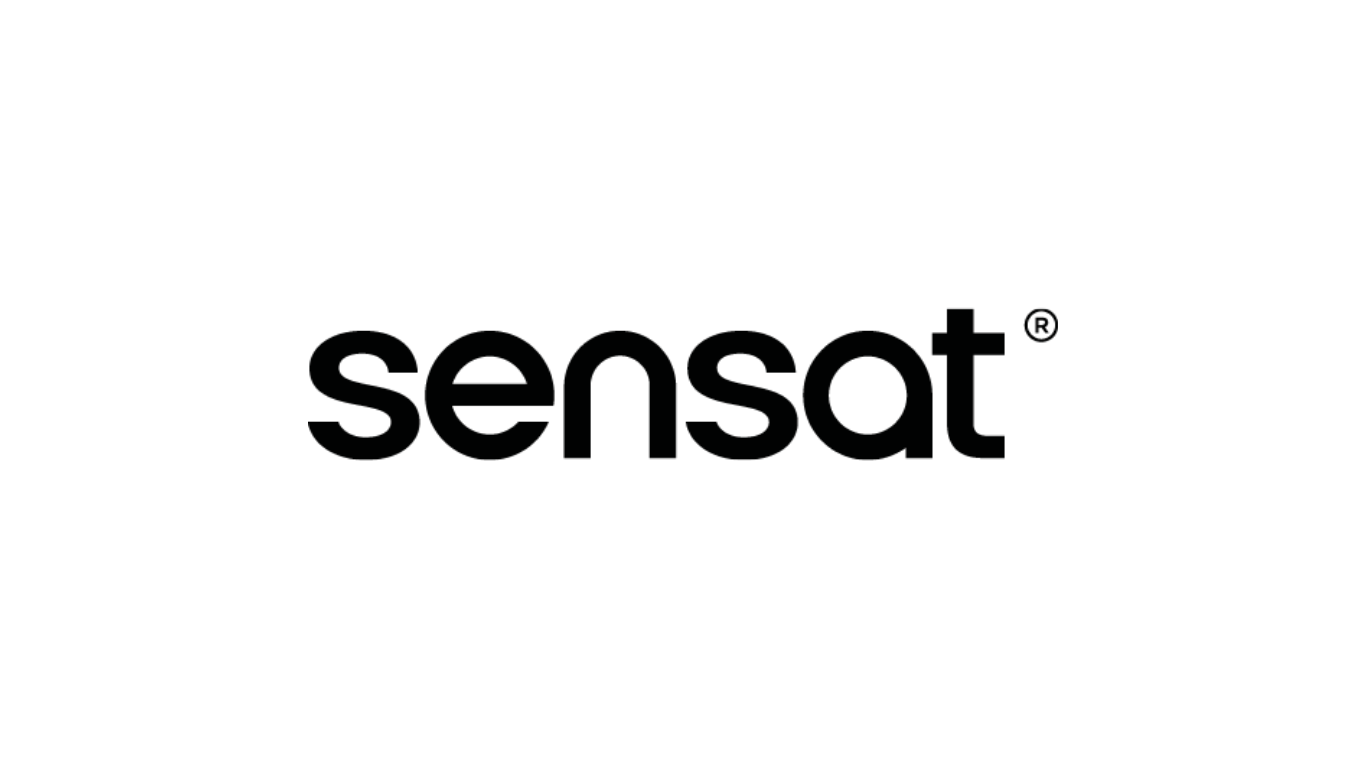

 WWTP Design
WWTP Design  Substation Design
Substation Design  Utility Interconnection Hub
Utility Interconnection Hub  White Label Proposal Generator
White Label Proposal Generator  PFAS Feasibility Study
PFAS Feasibility Study  Booster Station Design
Booster Station Design  Value Discovery Program
Value Discovery Program